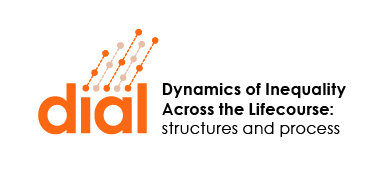This paper finds that on-the-job training can help mitigate some of the negative career effects of having children, especially for women who left education at the end of high school.
The researchers used data from 18 waves of the British Household Panel Survey between 1991 and 2008, which contains information on the employment, education, training and earnings histories of 4,300 women aged 19 to 60. The data was combined with an economic model of labour supply, training and earnings over the course of life, to shed new light into the role of learning on the job for future wages. The model considers two forms of learning on the job, through on-the-job training and working experience.
The paper found that training is very prevalent among women with high-school and college qualifications. For them, the majority of training happens at two points in life: early in their careers, in their 20s, and later on, among mothers returning to work full-time in their 40s and early 50s. It also finds that training could partly offset the losses in wage progression caused by part-time work or employment breaks for mothers with high-school qualifications. However, the paper finds little evidence of training increasing the wages of college graduates, despite its high prevalence for this group.
The researchers also asked if a fixed subsidy for training, funded by an increase in the basic tax rate, would increase take-up and sustain gains on the employment and earnings of mothers. The study finds that such subsidy would substantially increase the take up of employment and training, particularly among women with high-school qualifications or less. However, the subsidy also increases the proportion of mothers taking part-time work, even among those who would be working full-time in the absence of the subsidy. The study shows that the combination of part-time work and training does not succeed in increasing the hourly wages of mothers in the long-term.
The researchers say that further research is needed to better understand the role of firms in the decision to train. A further paper will look into how firms and workers might share the costs from and returns to training. This is all the more important if we are to understand why college graduates have such high levels of job training for little or no return.
